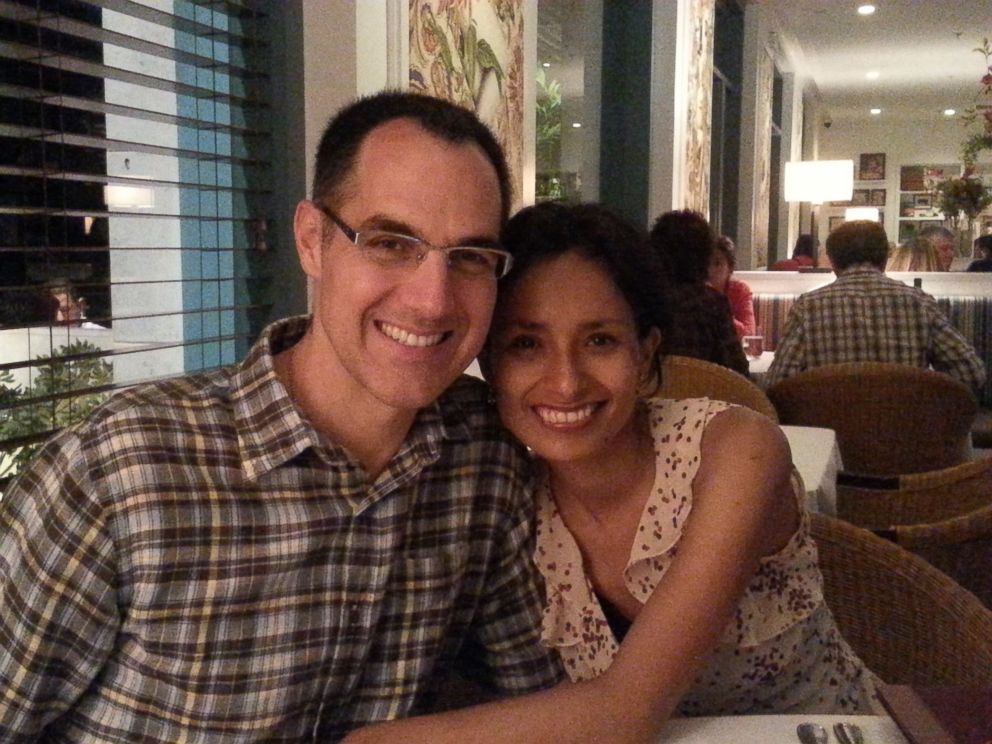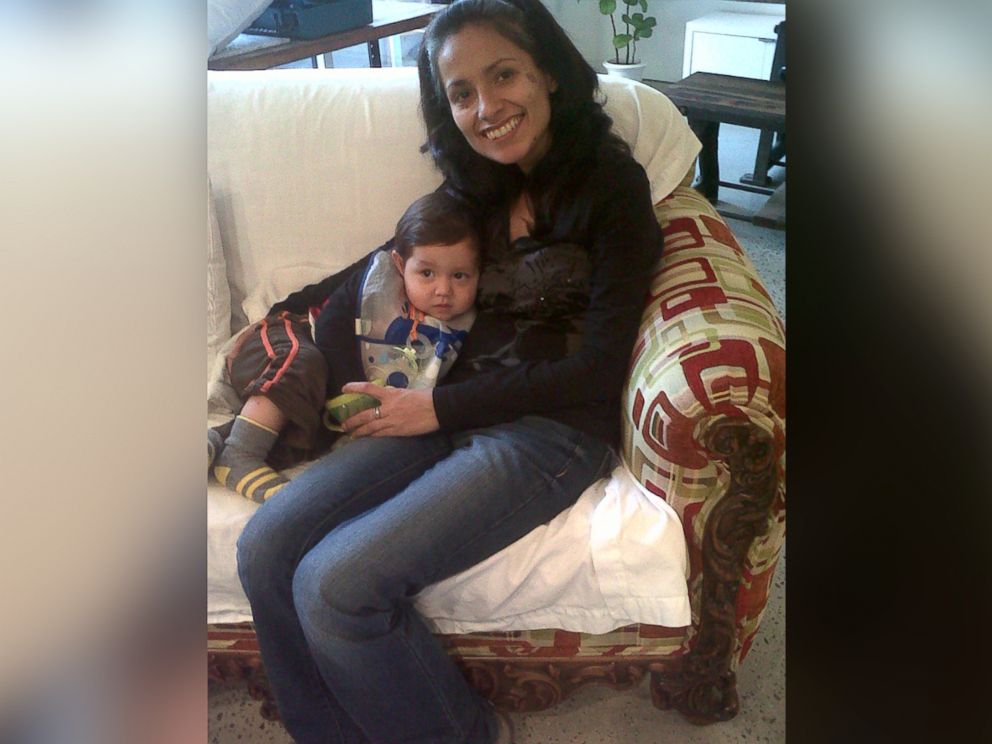Mother With Stage-Four Cancer Finds Hope in New Treatment Called a 'Basket Trial'
"Basket studies" can look at multiple different kinds of cancer.
— -- Four years after her stage four cancer diagnosis, Ivette Giancola was faced with dwindling options.
The mother had gone through two rounds of chemotherapy to treat her relatively rare stage 4 neuroendocrine cancer. But the disease was "acting up" and no longer was responding to treatment, according to Giancola.
Three years earlier, Giancola was diagnosed at age 36 when her son was just a year old.
“It was a shock to me and my family,” Giancola said, recalling that she thought at the time "I wasn’t going to see him grow up."
"Definitely when you hear those words ... you feel a death sentence," she said.
Her type of cancer meant there were fewer experimental treatments available compared to more common cancers like breast cancer or lung cancer. However, Giancola’s doctors found the mutation in her tumor last year. That mutation, called a BRAF V600, allowed her to take part in a new kind of cancer trial at the Memorial Sloan Kettering Cancer Center in New York called a “basket trial,” in which people with multiple kinds of cancers are treated with medication that targets a specific genetic mutation.
Drugs targeting these mutations aim to break up genetic pathways that help the cancer progress.

The results of a small study were published this week in the New England Journal of Medicine. The study, which took place at 23 cancer centers followed 122 cancer patients with the BRAF V600 mutation, including Giancola.
The patients were treated with a new drug called vemurafenib, which has been shown to effectively target BRAF V600 mutated melanoma, but not been proven to help treat other cancers. Other patients with rare cancers reported anecdotally they had also responded to the drug with varying degrees of success. Patients with multiple myloma and colorectal cancer appeared to not respond to the treatment, according to the study.
The researchers found patients with certain cancers such as lung cancer had an overall strong reaction to the melanoma medication, while others with different cancers did not.
Those who had non-small cell lung cancer spent a median 7.3 months on the drug before the cancer progressed and 42 percent of patients responded to the medication, the study found. Patients with a rare cancer called Erdheim-Chester disease spent a median 5.9 months on the drug before the cancer progressed and 43 percent of patients responded to the treatment. However, study authors acknowledged the findings were preliminary.
Dr. David Hyman, he study’s first author and acting Director of Developmental Therapeutics at Memorial Sloan Kettering, worked with Giancola and said by finding genetic mutations in tumors, patients with rare cancers can suddenly find themselves part of a larger group with more treatment options.
Drugs may not be accessible to other cancer patients "because it’s not approved within those diseases,” Hyman explained. “These studies address that unmet need by getting patients access to the drug by doing it in a way that allows us to learn from the experience.”
Dr. Stan Gerson, director at the University Hospitals Seidman Cancer Center for University Hospitals Case Medical Center, said the study is significant and that every major cancer center is now working to develop basket medical trials.
“It’s a really important next step in understanding how to link the mutations we’re finding in cancer to treatment,” said Gerson, who did not participate in the study.
He said the study is likely a first step that could result in sea change in how doctors approach cancer treatment.
“The insurance companies and FDA [U.S. Food and Drug Administration] have to rethink the approach we’ve taken in past,” Gerson told ABC News, explaining that the agency may have to reconsider drugs that appeared not to work for a type of cancer and see if the medication will work for those with a specific mutation.

For Giancola, the drug seemed to work almost immediately, she said, noting that within two weeks, most of her pain was gone. Five weeks after she started treatment, her doctors found her tumors had shrunk by a whopping 25 percent.
Giancola said she was so shocked by the results it took a minute for the findings to sink in.
"Did the doctor just say 25 percent reduction?" Giancola recalled thinking after a couple of minutes. “Oh, that’s great news!”
A second scan showed the tumors had not shrunk further but they also had not progressed. Because doctors did not know how much medication she should get, Giancola did face painful side effects during the early treatments when she received a high dosage of the medication. She said she had a full body rash and extreme pain in her joints before doctors lowered her dosage.

Now, after 17 weeks of treatment, Giancola said she feels much better about the future and is able to play with her son again.
“I would say that it’s been a very interesting ... learning experience,” she said. “I cannot thank enough all the family and friends and strangers in my life and I think I’m going to have enough life to thank all of them for what they have done for me.”




